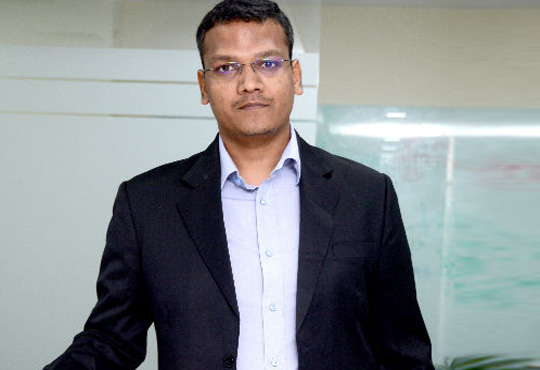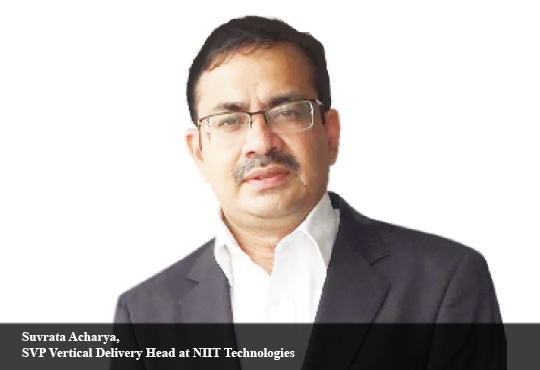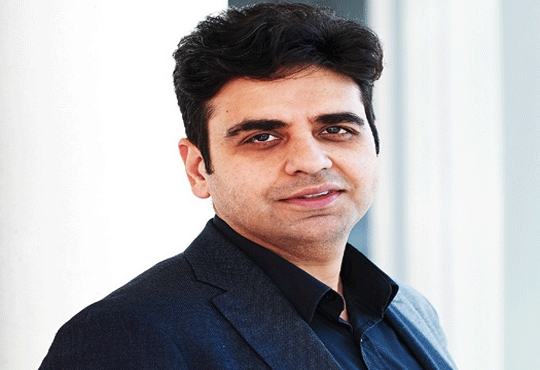
The Importance Of Technology In Retail
Kunal Mahipal, CEO, Onsitego | Tuesday, 10 September 2019, 12:53 IST
 When used together, technology and retail can transform customers buying experience. Just two years ago, Amazon made headlines by opening unmanned stores which prompted many other brands to attempt doing the same. Unmanned store became the offline avatar of convenience because it eliminates many hurdles inhibiting consumers from buying things. Consider that 10% of customers are likely to leave a store without buying anything if they have to stand in a queue to pay for their purchase. Add to that customers who would not drive to a store because of traffic.
When used together, technology and retail can transform customers buying experience. Just two years ago, Amazon made headlines by opening unmanned stores which prompted many other brands to attempt doing the same. Unmanned store became the offline avatar of convenience because it eliminates many hurdles inhibiting consumers from buying things. Consider that 10% of customers are likely to leave a store without buying anything if they have to stand in a queue to pay for their purchase. Add to that customers who would not drive to a store because of traffic.
In other stores, contactless technology makes it possible for customers to pay for products without having to stand in line. Customers can now simply checkout from wherever they are in a store using their smartphone. Contactless shopping is made possible by RFID and NFC technology, simplifying the tedious checkout process. The best technology companies predict customer behaviour and are changing the face of retail as we know it.
While unmanned stores and contactless technology are changing retail, they aren’t the only technologies doing so. Unmanned stores are not ideal for every industry; for many retailers, salespersons are essential because they help customers decide which product is right for them. Some stores where salesmen are essential have kiosks to guide customers in need of help. Another technology changing the retail experience is virtual reality. Mirrors powered by VR allow shoppers to instantly see how they would in any apparel. This has a lot of potential among apparel retailers.
“The retail landscape is transforming from what it was a few years ago. In this environment technology is enhancing the customer experience and yet remains out of sight and works seamlessly”
While technology is enhancing customer’s experience, it is benefiting retailers too. Krogers, the second-largest grocer in the US is adopting a trick from the online store playbook. Just as online retailers change the price of products several times in a single day, so too using digital price tags is Krogers. Such prices fluctuate along the demand for products and fall when products are close to their expiration date to encourage sales.
Importance of the End-to-end Customer Experience
Alongside using technology to give a seamless shopping experience retailers are now competing to create a differentiated customer experience. When a customer’s journey with a retailer is pleasant, they are more likely to return to buy new products. Hence retailers have to think far beyond what’s necessary to grow sales and drive loyalty.
While every customer's journey will be distinct, as many of 80% will have a somewhat identical journey before they make a purchase decision. Individuals comprising the remaining 20% will have 3 or 4 somewhat similar kinds of journeys. Technology can be used to map the journey of customers and create trigger points along the way. In the electronics industry, after-sales service support and good post-purchase experiences are powerful triggers that lead to future purchase decisions and build loyalty for retailers.
For instance, a customer who is happy with a high-end camera that he bought from an electronics retailer is likely to buy other devices or appliances from the same retailer. Should the high-end camera malfunction after a year and the retailer repairs it quickly, it creates a superior experience for the customer and serves as a trigger for a future purchase from the retailer in future.
The retail landscape is transforming from what it was a few years ago. In this environment technology is enhancing the customer experience and yet remains out of sight and works seamlessly. Rather than intimidating shoppers and confusing them as technology often can, it remains hidden and intuitively complements shopping and post-purchase usage behaviour.
CXO Insights
Overhauling IT Security for Third Platform Era
By Sunil Sharma, VP Sales, India and SAARC, Sophos
Transforming Investment Management Through...
By Suvrata Acharya, SVP Vertical Delivery Head at NIIT Technologies
A 3-pronged framework to ensure smooth...




